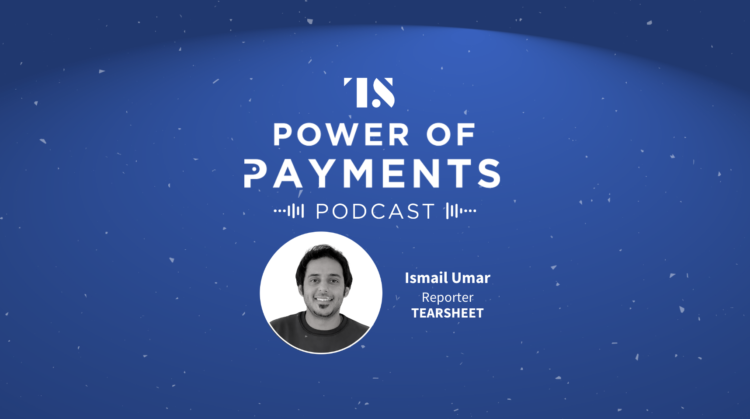Payments, Power of Payments Podcast
Power of Payments Ep. 16: Digital wallets, credit cards vs competitors, and Visa’s interest in the creator economy
- This week, we take a look at how digital wallets have performed in the US over the past year, and why credit cards are struggling to fight off competitors like BNPL and debit cards.
- We also discuss Visa’s latest move indicating its growing interest in the global creator economy.








